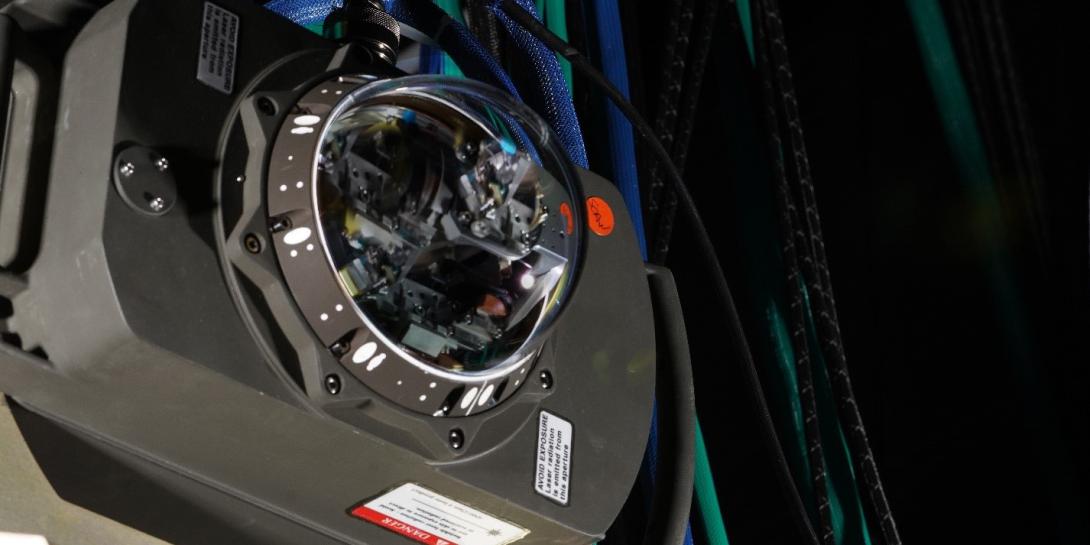All Army Aircraft Types Simultaneously Receive CIRCM
The U.S. Army already is fielding its Common Infrared Countermeasures system to some units and will deliver the system simultaneously to all types of aircraft, Army officials told reporters during a recent telephonic roundtable.
The system commonly known as CIRCM is a next-generation lightweight, laser-based, open architecture, infrared countermeasure system. It will interface with the Army’s Common Missile Warning System, Limited Interim Missile Warning System and any future missile warning systems to defeat current and emerging missile threats to rotary-wing, tilt-rotor and small fixed-wing aircraft across the Defense Department. The CIRCM system protects against shoulder-fired and vehicle-launched anti-aircraft missiles that home in on the heat signature of an aircraft.
The system gives aircraft a defense capability they have not had before. “CIRCM is important because we did not have that defeat capability on other aircraft previously. We had to rely on flares. Now, CIRCM gives us a layered defeat, so we can use laser energy, and if that’s not working we can use flairs or we can use the combination of those two depending on what the threat is and how it’s going to impact us,” said Col. Kevin Chaney, USA, project manager for aircraft survivability equipment.
The Army recently awarded a five-year, indefinite delivery/indefinite quantity contract valued at up to $959 million to Northrop Grumman Systems Corporation for full rate production of the system.
The 1st Air Cavalry Brigade was the first unit to receive the system beginning in February of last year. Army officials told reporters the service will integrate the system onto helicopters and fixed wing aircraft at the same time. “Right now, it’s planned for the big three platforms, so Apache, Black Hawk and Chinook, plus some fixed wings,” Col. Chaney said. “We’re trying to work them all together right now to tell you the truth. We’re trying to push through and get them all out the door just due to trying to meet some timelines that are ongoing.”
However, Army officials could not provide details about the timeline over the long term. “When we did this for first unit equipped, we were planning for two years to outfit a brigade, and since then the Army’s made some strategic shifts in timelines … so we’re trying to figure out what’s the optimal timeline,” Col. Chaney reported.
In an email exchange following the media roundtable, an Army spokesman said the service intends to replace the Advanced Threat Countermeasures System (ATIRCM) with CIRCM no later than 2026.
The money saved by eliminating ATIRCM will benefit the CIRCM program, the Army officials indicated during the media roundtable. “With this CIRCM decision for full-rate production, this will allow us to start the divestiture of ATIRCM and generally phase it out. That will help offset the bill for CIRCM as we look at it in the future. We’ll be able to use some of those funds to buy CIRCMs, and it will be less impactful for the Army, and we’ll be just carrying one system,” Col. Chaney explained.
The service is using a block modernization approach, installing CIRCM onto aircraft at the same time it integrates the Limited Interim Warning System along with other modifications. Northrop Grumman said in a press release that the system has been installed on more than 150 aircraft.





Comments